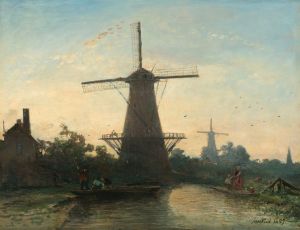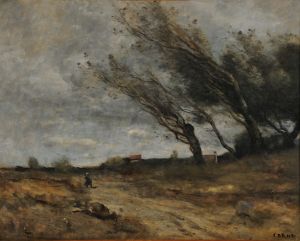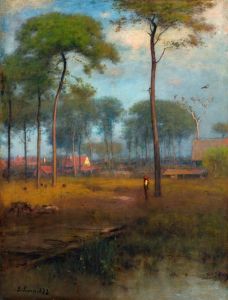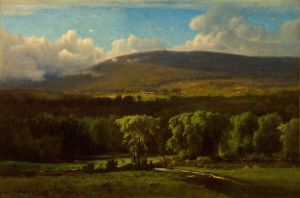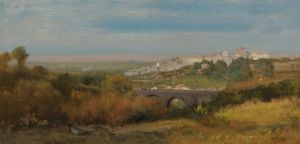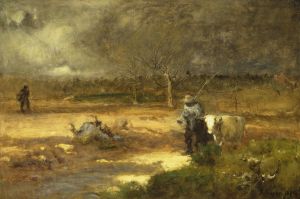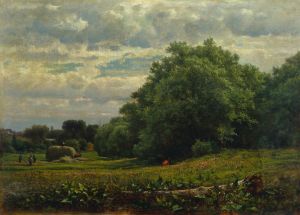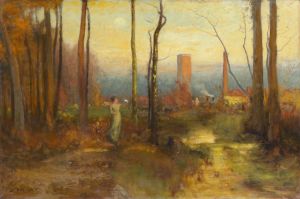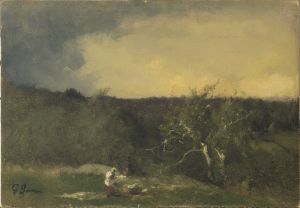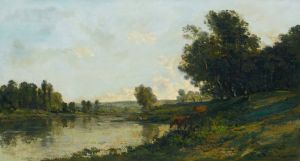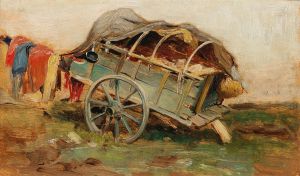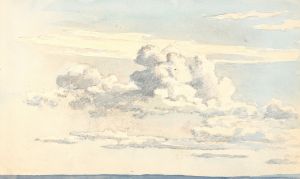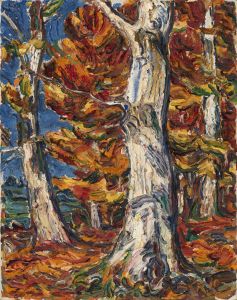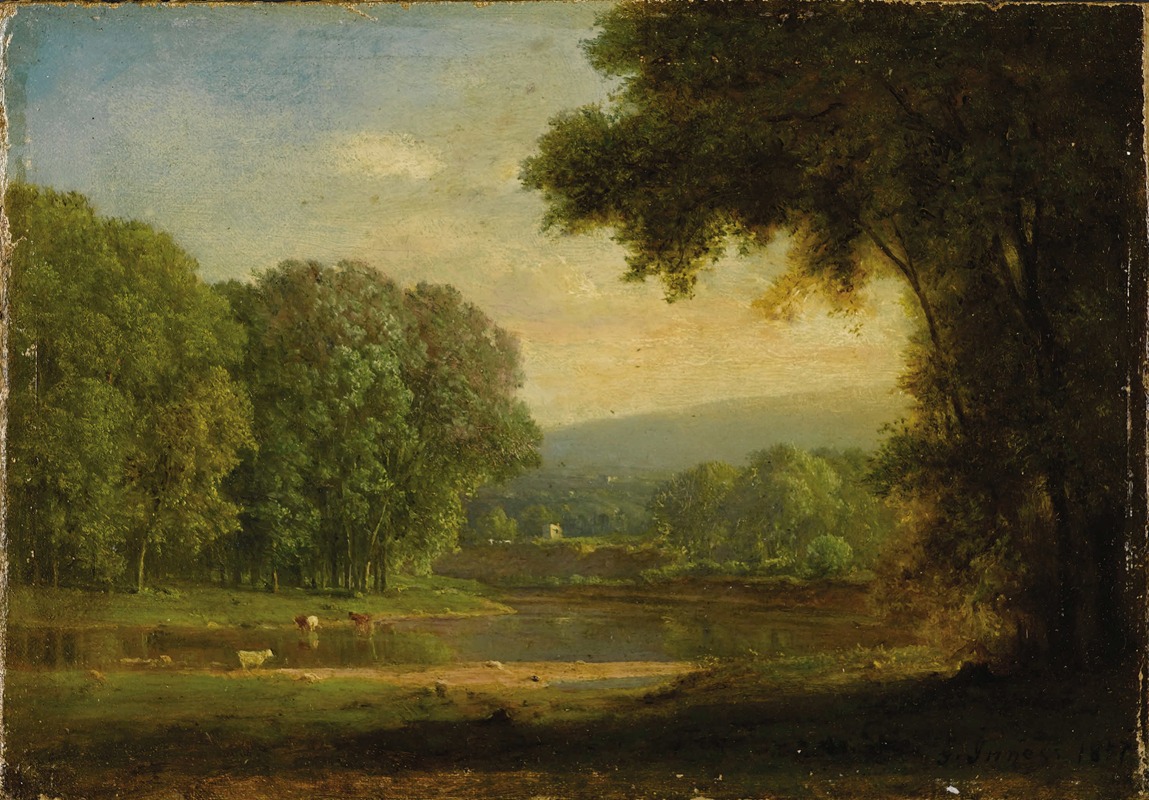
Landscape
A hand-painted replica of George Inness’s masterpiece Landscape, meticulously crafted by professional artists to capture the true essence of the original. Each piece is created with museum-quality canvas and rare mineral pigments, carefully painted by experienced artists with delicate brushstrokes and rich, layered colors to perfectly recreate the texture of the original artwork. Unlike machine-printed reproductions, this hand-painted version brings the painting to life, infused with the artist’s emotions and skill in every stroke. Whether for personal collection or home decoration, it instantly elevates the artistic atmosphere of any space.
George Inness was a prominent American landscape painter associated with the Hudson River School and later the Tonalist movement. Born in 1825, Inness developed a distinctive style that evolved over his career, reflecting his philosophical and spiritual beliefs. One of his notable works is "Landscape," which exemplifies his mature style and artistic philosophy.
Inness's "Landscape" paintings are characterized by their atmospheric effects and a focus on mood rather than detailed representation. His approach was influenced by the French Barbizon School, which emphasized natural scenes and the play of light and shadow. Inness sought to capture the essence of a scene, often using soft, diffused light and a muted color palette to evoke a sense of tranquility and harmony.
Throughout his career, Inness was deeply influenced by the writings of Emanuel Swedenborg, a Swedish theologian and mystic. Swedenborg's ideas about the spiritual world and the interconnectedness of all things resonated with Inness, who believed that art should convey a deeper, spiritual reality. This belief is evident in his landscapes, which often suggest a sense of the divine in nature.
Inness's technique involved building up layers of paint to create depth and texture, allowing him to achieve a luminous quality in his work. He often used a limited color palette, focusing on greens, browns, and blues to create a cohesive and calming effect. His brushwork varied from loose and expressive to more controlled, depending on the mood he wished to convey.
"Landscape" by George Inness typically features serene natural scenes, such as rolling hills, forests, and bodies of water. These elements are often depicted in a way that invites contemplation and reflection, encouraging viewers to experience the beauty and tranquility of the natural world. Inness's landscapes are not just representations of specific places but are imbued with a sense of universality and timelessness.
Inness's work was well-received during his lifetime, and he exhibited widely in the United States and Europe. His landscapes were praised for their emotional depth and innovative use of color and light. Today, Inness is considered one of the most important American landscape painters of the 19th century, and his works are held in major museums and collections around the world.
"Landscape" by George Inness continues to be celebrated for its ability to convey the artist's vision of nature as a reflection of the spiritual world. Through his masterful use of color, light, and composition, Inness created works that transcend mere representation, inviting viewers to explore the deeper connections between the natural and the spiritual. His legacy endures as a testament to the power of art to evoke emotion and inspire contemplation.





